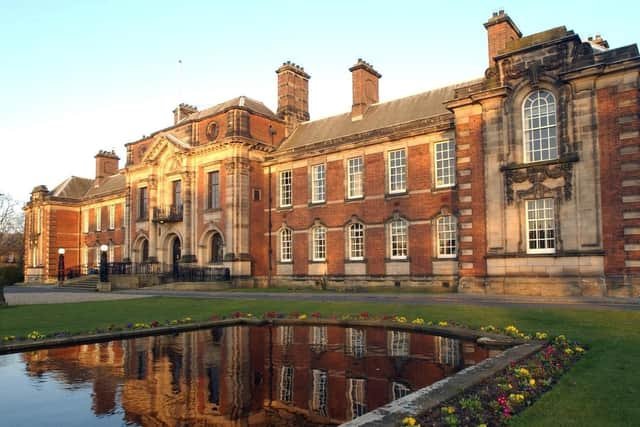North Yorkshire devolution: proposed wards 'one of worst attacks on local democracy'
and live on Freeview channel 276
North Yorkshire County Council’s executive heard its recommendations to government for ward boundaries would see a councillor elected for 3,680 electors in Cayton, Scarborough, while one councillor would serve nearly double the number of electors, some 6,690, in Knaresborough Castle and Aspin.
The meeting was told following a cross-party working group chaired by Cllr John Weighell, who led the authority for nearly 14 years, there remained a spectrum of views on how the county should be divided into wards to ensure equal numbers of voters and that communities remained united.
Advertisement
Hide AdAdvertisement
Hide AdCllr Weighell said the government had also imposed rules, which had created a conflict with the county council’s aims of creating 90 divisions each represented by one member.


He said two-member wards needed to be created in places such as Easingwold, Bedale, Whitby and Selby West to avoid splitting communities.
The meeting heard the proposed wards would be decided by government officials and were an interim solution ahead of next May’s elections.
Cllr Weighell said creating the wards was a “complex issue that required a lot of give and take”.
Advertisement
Hide AdAdvertisement
Hide AdThe meeting was told the proposals included a ward the Boundary Commission “would never put together” as it included villages on either side of the River Ouse that historically were linked by a ferry.
The council’s opposition leader Cllr Stuart Parsons said the proposals were “one of the worst attacks on local democracy” some areas of the county had ever seen.
The council’s deputy leader Cllr Gareth Dadd said as the proposals would see the more representatives per elector than served on the current county council, if councillors were effective residents would not see any decrease in representation on the new authority.
He said: “There was bound to be winners and losers in this quick and dirty exercise that could not be avoided.”